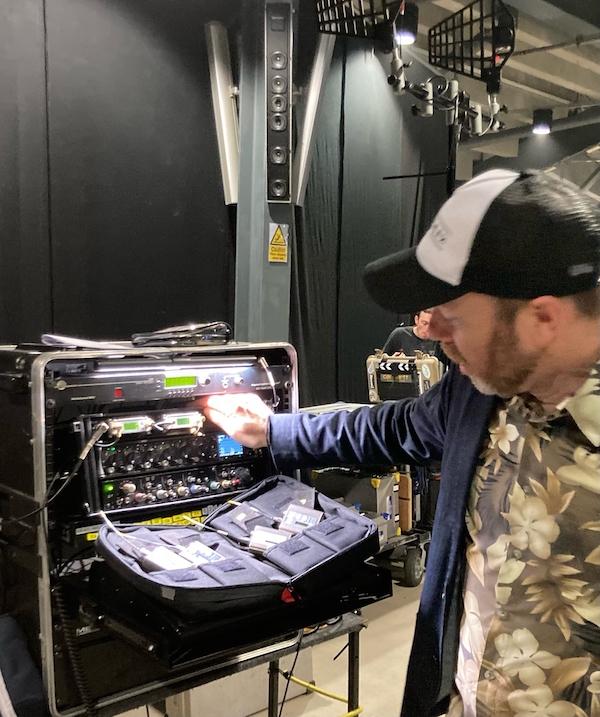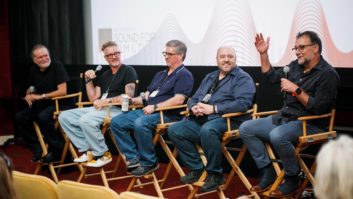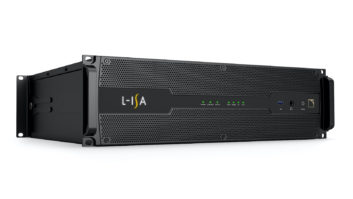
Warsaw, Poland (June 7, 2024)—Director Jonathan Glazer’s insistence on an immersive set during the shooting of The Zone of Interest presented mixing lead Tarn Willers and his department with unprecedented challenges.
The Zone of Interest examines the Holocaust—not via human horrors or war-room drama, but through the day-to-day lives of Auschwitz commandant Rudolf Höss (Christian Friedel) and his family. The film won an armful of awards, including an Oscar and a BAFTA for best sound.
“Jonathan Glazer wanted the actors to exist entirely inside a world, with no evidence of film paraphernalia in sight,” Willers explains. “We had 10 cameras hidden in the main house. The actors improvised a great deal. They didn’t have marks. I had to get great range and clarity on two floors, through thick concrete walls, and across the outdoor garden. The house was live, with no one except the actors allowed in during shooting. So, no boom operators. We could not have RF or dropout issues, period, because we couldn’t just run in and check things. Much of the time, the actors didn’t know where the cameras were. Sound from every source had to be flawless, all the time.”
To achieve this, Willers and re-recording mixer Johnnie Burn depended heavily on Lectrosonics wireless equipment. “We had radio mics on the actors, plus several plant mics placed strategically throughout the house and garden. I used SMB and SMDB transmitters. I also had HMa transmitters for the plant mics. My SRb receivers are mounted in an Octopack. Just over the garden wall was a container dressed to look like a guard shack. Inside that shack were me with my receivers, Jonathan with his monitors, and the video playback.”
Lectrosonics Appoints Moore Chairman of the Board
Within this matrix of microphones, actors would sometimes do long walk-and-talks. “For example,” Willers says, “from the bedroom down the stairs, through the kitchen and out into the garden.” When asked if he consistently received clear audio free of dropouts or interference, Willers’ answer was simple: “Yes, the setup worked. It had to.”
For a scene involving a family canoe excursion, Willers placed his SMBs closer to water than any lesser mixer would dare tell a rental house about. “Around the inside rim of the canoe, there’s a lip just wide enough to hide assets. I planted five mics on SMB transmitters. Aqua-packs would’ve been seen, so I wrapped them in cling film. Even though a little bit of water got through, the transmitters performed all the way through the sequence with no issues whatsoever. Some of the mics were casualties of war, but the transmitters lived.”
For director Glazer, and the entire cast, sound, and post teams, the ultimate proof of Willers’ and Lectrosonics’ wireless mettle was the near absence of any automatic dialogue replacement (ADR) in the entire film. “No ADR was needed for audio or technical reasons,” he says. “There might have been a couple of lines added creatively, but that was it. What you hear in the cinema is the actors speaking on set.”







